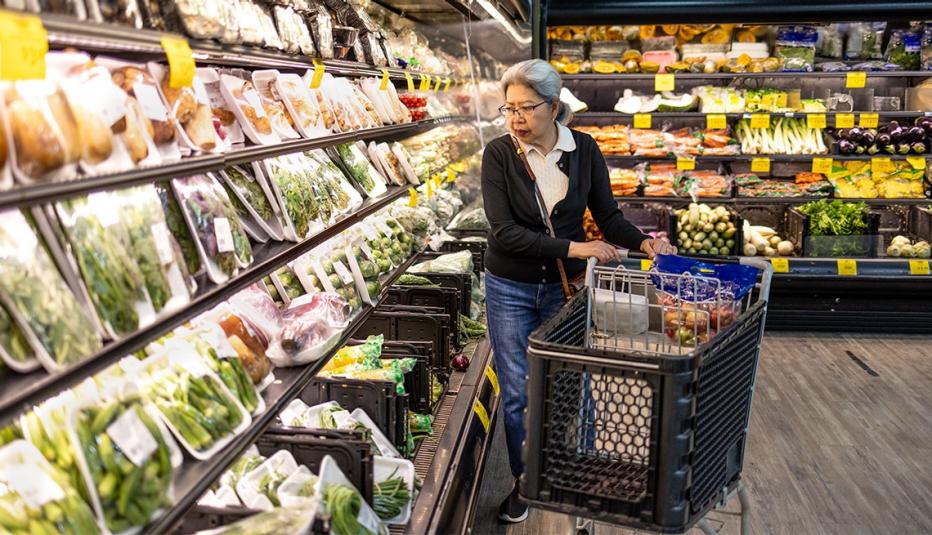AARP Hearing Center


The Supplemental Nutrition Assistance Program (SNAP) provides many individuals and families who are food insecure, or at risk of being, with financial assistance to purchase food. It reduces food insecurity and poverty among older households and is also associated with improved health outcomes and lower health care costs. Despite such benefits, eligible older adults have historically had much lower participation in SNAP compared with younger age groups.
This paper is focused on understanding who is not enrolling in SNAP despite being eligible— “eligible nonparticipants”—which is important for addressing low program enrollment. It estimates the number and share of SNAP-eligible nonparticipants ages 50 and older, examines their economic and demographic characteristics, and discusses policy implications based on the findings.
Key Takeaways
- In Fiscal Year 2022, 16 million (or 59 percent of) adults ages 50 and older who were eligible for SNAP did not participate in the program.
- Most of these older eligible nonparticipants were ages 60 and older, an age group that had particularly low participation.
- Over half of eligible nonparticipants ages 50 and older would be eligible for the minimum monthly SNAP benefit ($20 in 2022), whereas one in five would be eligible for more than $300.
- Policymakers should consider targeted outreach efforts to older age groups and those with lower incomes, streamline application and recertification processes, and ensure adequate benefits.
Read the report for tables and discussions of additional findings, including:
- Older nonparticipants are more likely than participants to live with others.
- Older nonparticipants have higher income levels than participants.
Policy Implications
1) SNAP outreach efforts should target those at the lowest income levels and adults ages 60 and older.
Of the 16 million eligible older adults who did not participate in SNAP in 2022, 14.2 million were ages 60 and older while 1.9 million were ages 50 to 59. Targeted outreach and education efforts for those ages 60-plus are a critical component because this age group also has different eligibility criteria and often different enrollment options than do younger age groups.
2) The SNAP application and recertification processes should be streamlined.
Policymakers should continue to explore a variety of ways to streamline processes to make it easier for older adults to enroll in and recertify for SNAP and to reduce churn (i.e., exiting and re-entering SNAP within four months).
3) SNAP benefits should be meaningful.
Over half of older eligible nonparticipants would likely be eligible for only the minimum benefit ($20 a month in most states in 2022). Policymakers should continually work to ensure the adequacy of benefit allotments, including minimum and maximum amounts, which could improve access to SNAP for older adults and improve food security.
Conclusion
Previous qualitative research has identified common reasons for the low participation in SNAP among older adults, such as perceived or real burdens of applying for SNAP, stigma, and the perception of low benefit amounts. This analysis estimates that 16 million older adults were eligible for but not enrolled in SNAP in 2022, and although most would be eligible for just the minimum SNAP benefit, one in five may be missing out on substantial benefits of over $300 a month. Policymakers should consider targeting outreach to older age groups and those who have the lowest income, as well as pursuing efforts to make it easier for older adults to apply for and recertify for SNAP.


































































